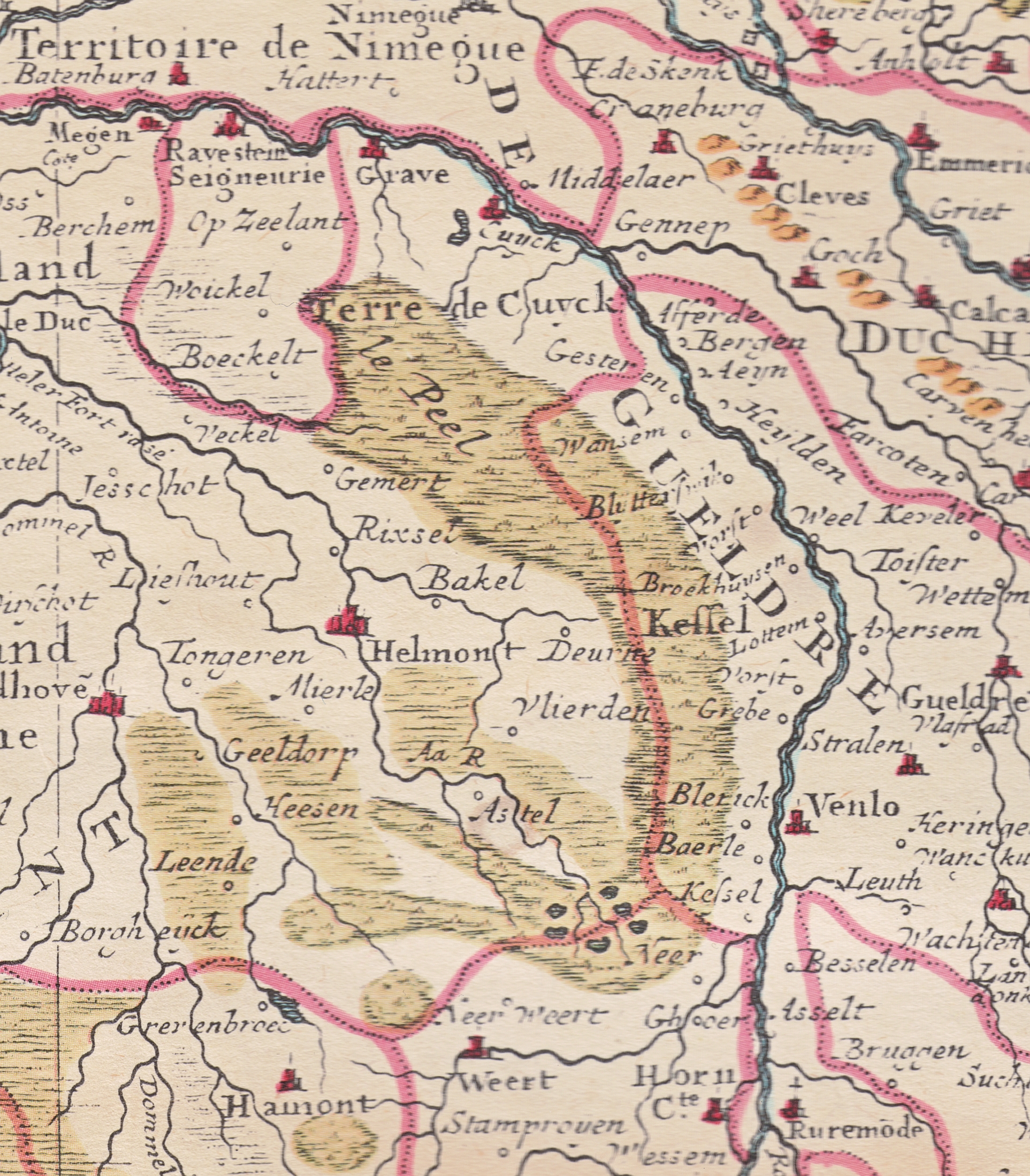De Peel on:
[Wikipedia]
[Google]
[Amazon]

 De Peel is a region in the southeast of the
De Peel is a region in the southeast of the

 De Peel is a region in the southeast of the
De Peel is a region in the southeast of the Netherlands
, Terminology of the Low Countries, informally Holland, is a country in Northwestern Europe, with Caribbean Netherlands, overseas territories in the Caribbean. It is the largest of the four constituent countries of the Kingdom of the Nether ...
that straddles the border between the provinces of North Brabant
North Brabant ( ; ), also unofficially called Brabant, Dutch Brabant or Hollandic Brabant, is a province in the south of the Netherlands. It borders the provinces of South Holland and Gelderland to the north, Limburg to the east, Zeeland to ...
and Limburg
Limburg or Limbourg may refer to:
Regions
* Limburg (Belgium), a province since 1839 in the Flanders region of Belgium
* Limburg (Netherlands), a province since 1839 in the south of the Netherlands
* Diocese of Limburg, Roman Catholic Diocese in ...
.
From the Middle Ages until the 20th century, peat was extracted from the Peel for use as fuel. For this purpose many canals were dug to remove the water and for ships to move out the peat. The first recorded excavation was in 1427, and it was reported in 1670 that locals were not only collecting peat for their own use but selling it to nearby villages. By the 19th century the quantity of peat remaining in the area may have been as little as a quarter of the original level. Intensive commercial excavation began in 1853, but the industry soon declined as a result of several national economic crises. Peat excavation in the region ended in 1942.
In 1910, a collection of Roman artefacts was discovered in the peat bogs near Deurne. These included a helmet, a sword, a coin purse, two bells, several sheets of leather, and various items of clothing. The helmet and the coins date the artefacts to 320 AD. It was also reported that a human fibula, or leg bone, was among the finds, but the documentary evidence for this is scant. Archaeologist W. C. Braat speculated that a Roman horseman had accidentally stumbled into the bog, but more recent analysis shows that the artefacts are more likely to have been deliberately and ritually deposited.
An area that has remained partly untouched by the peat-cutting was turned into a National Park, the Groote Peel. It has a size of .
It is one of the most bird-rich areas in Western Europe, with resident black-necked grebe
The black-necked grebe or eared grebe (''Podiceps nigricollis'') is a member of the grebe family (biology), family of water birds. It was described in 1831 by Christian Ludwig Brehm. Its breeding plumage features distinctive ochre-coloured feat ...
s and sometimes migrating common crane
The common crane (''Grus grus''), also known as the Eurasian crane, is a bird of the family Gruidae, the crane (bird), cranes. A medium-sized species, it is the only crane commonly found in Europe besides the demoiselle crane (''Grus virgo'') an ...
s in October/November. The terrain is varied with inaccessible peat swamps, lakes, heath land and sand ridges. The present swamp and some of the lakes were created by the cutting of peat.
There are many villages in the Peel, most of them founded by bosses of peat companies: for example, Helenaveen and Griendtsveen, founded by Jan van de Griendt (1804–1882).
Trivia
* The NorthernLimburg
Limburg or Limbourg may refer to:
Regions
* Limburg (Belgium), a province since 1839 in the Flanders region of Belgium
* Limburg (Netherlands), a province since 1839 in the south of the Netherlands
* Diocese of Limburg, Roman Catholic Diocese in ...
ish band Rowwen Hèze
Rowwen Hèze is a band from the small village of America in the province of Limburg, the Netherlands. They are one of the biggest bands singing in Limburgish. The band was founded in 1985.
Music
Rowwen Hèze's music is inspired by many diffe ...
made a well-known song about the area named: ''De Peel in brand'' (The Peel on fire).
References
External links
Regions of North Brabant Regions of Limburg (Netherlands) Regions of the Netherlands Bogs of the Netherlands {{LimburgNL-geo-stub